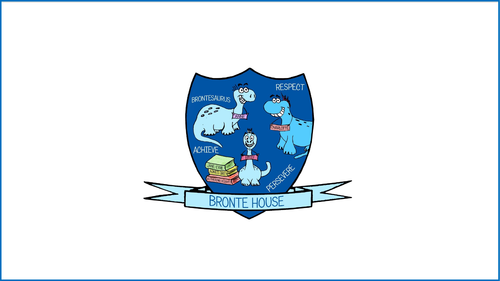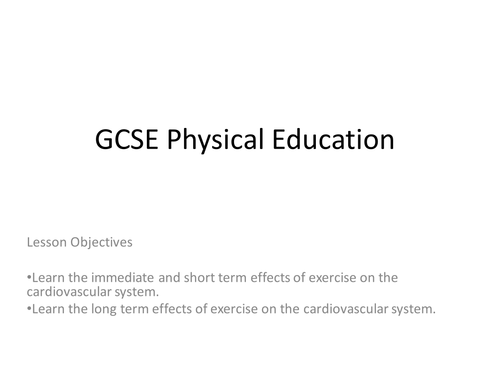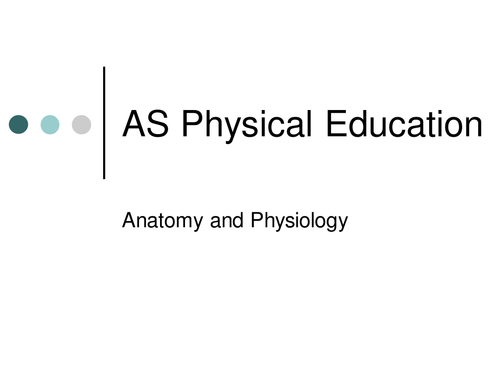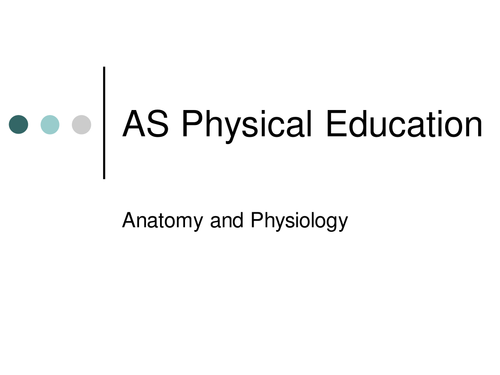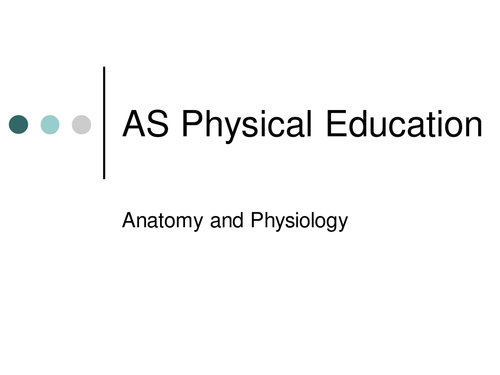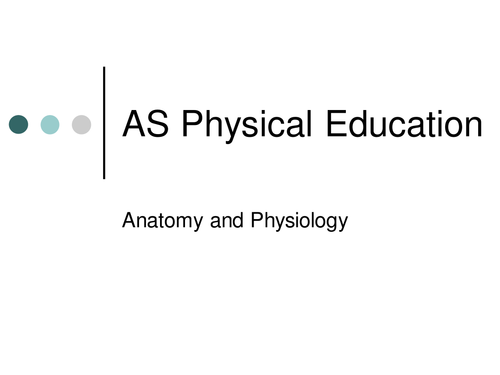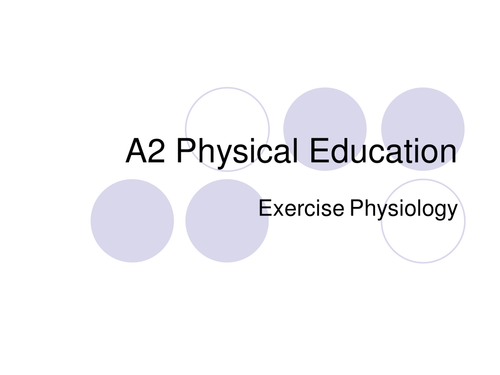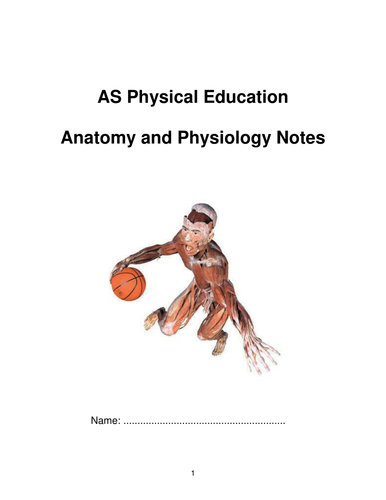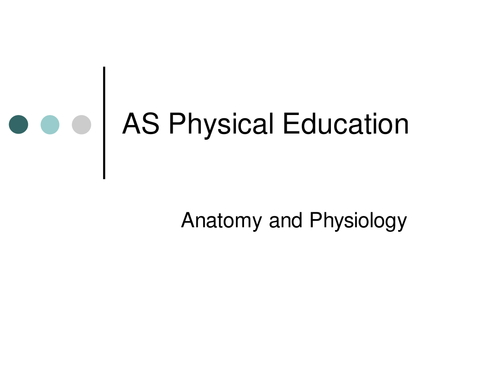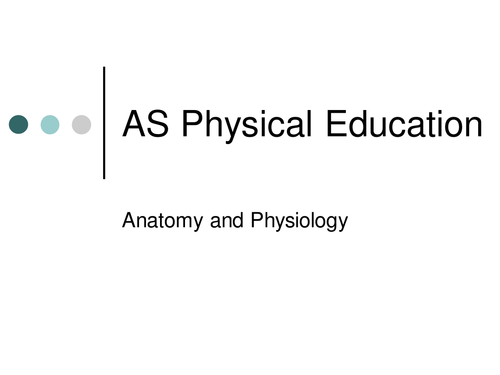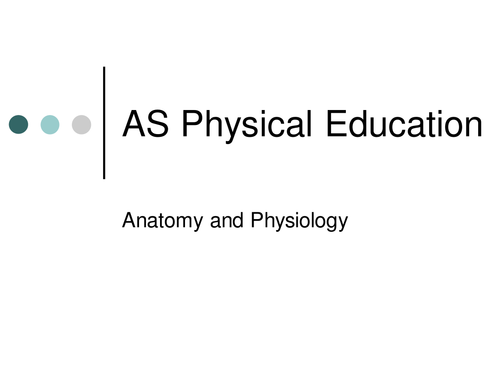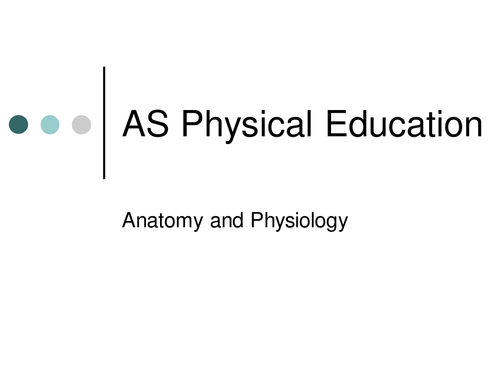
118Uploads
36k+Views
4k+Downloads
Sale

GCSE PE - Performance Enhancing Drugs
A GCSE Physical Education lesson on the Performance Enhancing Drugs. This is based on the Edexcel exam board. Learning Objectives:
- Know about the different categories of drugs
- Explain the impact of performing enhancing drugs
- Explain the effects of smoking and alcohol on general health
Sale

GCSE PE - Different Body Types
A GCSE Physical Education lesson based on body types. This is based on the Edexcel exam board. Learning Objectives:
- Learn to describe the different somatotypes
- Explain why different somatotypes are suited to different sports
- Learn how to measure somatotype
Sale

GCSE PE - Risk Assessment and Preventing Injuries
A GCSE Physical Education lesson on the Risk Assessment and Preventing Injuries. This is based on the Edexcel exam board. Learning Objectives:
- Identify the risks associated with participation in physical activities.
- Understand the term ‘balanced competition’.
- Identify the importance of playing to the rules of competition.
Sale

A Level PE - Movements of Joints
A Level Anatomy and Physiology lesson. Learning objectives:
- Identify the anatomical position.
- Introduce anatomical terms of location.
- Discuss the joint actions possible at synovial joints.
Sale

A Level PE - Joint Stability
A Level Anatomy and Physiology lesson. Learning objectives:
- Complete an analysis of joints in relation to joint stability.
- Identify the reasons for poor alignment and posture.
Sale

GCSE PE - The Cardiovascular System
A GCSE PE lesson on the cardiovascular system. This lesson is based on the Edexcel exam board. Learning Objectives:
- Learn the immediate and short term effects of exercise on the cardiovascular system.
- Learn the long term effects of exercise on the cardiovascular system.
Sale

A level PE - Types of Motion
A Level Anatomy and Physiology lesson. Learning objectives:
- Identify and describe linear, angular and general motion.
- Relate linear, angular and general motion to different types of sporting situations.
Sale

A Level PE - Oxygen and Carbon Dioxide Transport
A Level Anatomy and Physiology lesson. Learning objectives:
You are to create an A3 poster which informs the reader about the below
points. Your target audience has no previous knowledge of this topic so
the poster must be very informative. Use page 57 in your notebook and
pages 87-88 as guidance in your textbook however, other resources will
need to be used.
Poster Content:
Describe how carbon dioxide and oxygen are carried within the vascular system.
Identify how effective transportation of carbon dioxide and oxygen within the vascular system aids participation in physical activity
Explain how smoking affects the transportation of oxygen.
Sale

A Level PE - The Impact of Different Types of Physical Activity on the Cardiovascular System
A Level Anatomy and Physiology lesson. Learning objectives:
- Evaluate the impact of different types of physical activity on the cardiovascular system.
- Identity four types of cardiovascular disease.
- Investigate common cardiovascular diseases with reference to lifelong involvement in an active lifestyle.
Sale

A Level PE - Blood Pressure & Effects on the Vascular System of a Warm Up and Cool Down
A Level Anatomy and Physiology lesson. Learning objectives:
- Identify the effects on the vascular system of a warm-up and cool-down.
- Define blood pressure and identify resting values.
- Explain the changes that occur to blood pressure during physical activity and hypertension.
Sale

A level PE - Heart Conduction System and Cardiac Cycles
A Level Anatomy and Physiology lesson. Learning objectives:
- Provide an overview of the Conduction System.
- Describe how the heart works as a dual action pump (Cardiac Cycle, diastole and systole).
- Describe the link between the Cardiac Cycle and the Conduction System of the heart.
Sale

A Level PE - Respiratory Structures
A Level Anatomy and Physiology lesson. Learning objectives:
- Introduce the Respiratory System structure and function.
- Identify the location of gas exchange and how this process occurs.
Sale

A Level PE - Energy, Work and Power & ATP
A Level Exercise Physiology lesson. Learning objectives:
- To define the terms ‘energy’, ‘work’ and ‘power’.
- Identify examples of potential, chemical and kinetic energy.
- Introduce ATP.
Sale

Anatomy Physiology Student Work Book
A Level Physical Education Resource
This resource coincides with the set of PowerPoints which, will assist the delivery of the AS Anatomy and Physiology A Level Unit for the OCR specification. The student notebook contains: exam check lists; notes; tasks; exam questions and exam answers.
The resource represents two years worth of work and I can guarantee that it will make teaching this unit much easier. I only wish that I had this when I first started teaching the Sports Science units.
This is a perfect resource for anyone starting out teaching the Sports Science aspect of A Level Physical Education.
Sale

Muscle Functions
A Level Anatomy and Physiology lesson. Learning objectives:
Label Muscular System Diagram.
Revisit the locations of the muscles in the body.
Identify the muscles used for specific exercises.
Sale

A level PE - Heart Rate, Stroke Volume and Cardiac Output
A Level Anatomy and Physiology lesson. Learning objectives:
- Describe the relationship between stroke volume, heart rate and cardiac output.
- Explain the changes that take place to stroke volume, heart rate and cardiac output during different intensities of physical activity.
Sale

A Level PE - Circulatory Networks
A Level Anatomy and Physiology lesson. Learning objectives:
- Identify the two circulatory networks of blood vessels through the body.
- Describe the structural differences of the three types of blood vessels located in the body.
- Discuss Starlings' Law of the Heart (venous return mechanism).
Sale

A Level PE - Gaseous Exchange
A Level Anatomy and Physiology lesson. Learning objectives:
- Describe the process that takes place during External and Internal Respiration.
- Introduce Partial Pressure and its impact on Gaseous Exchange.
- Explain the changes in Gaseous Exchange due to exercise.

